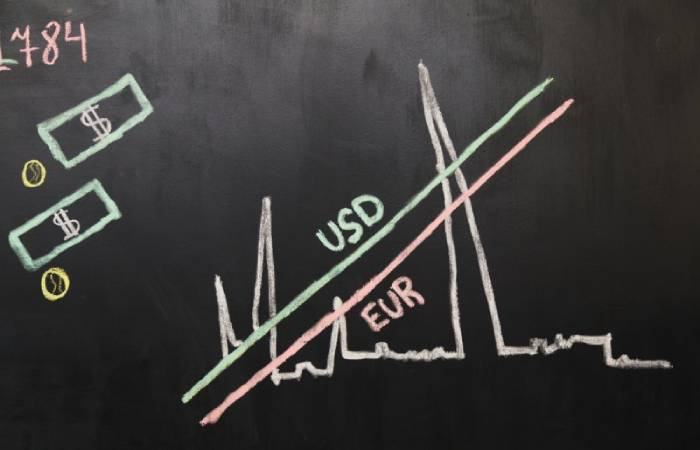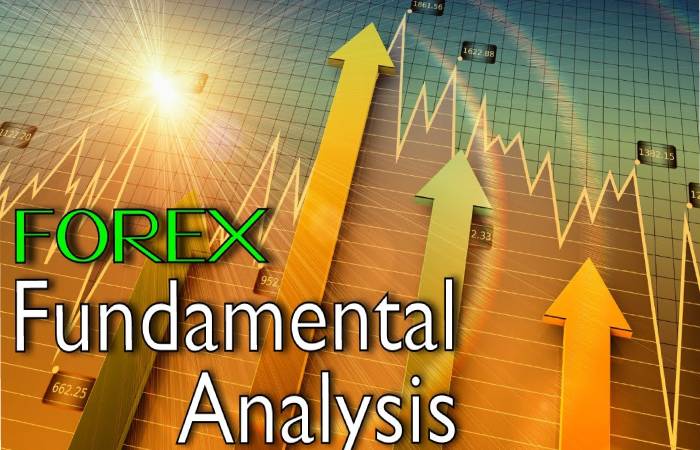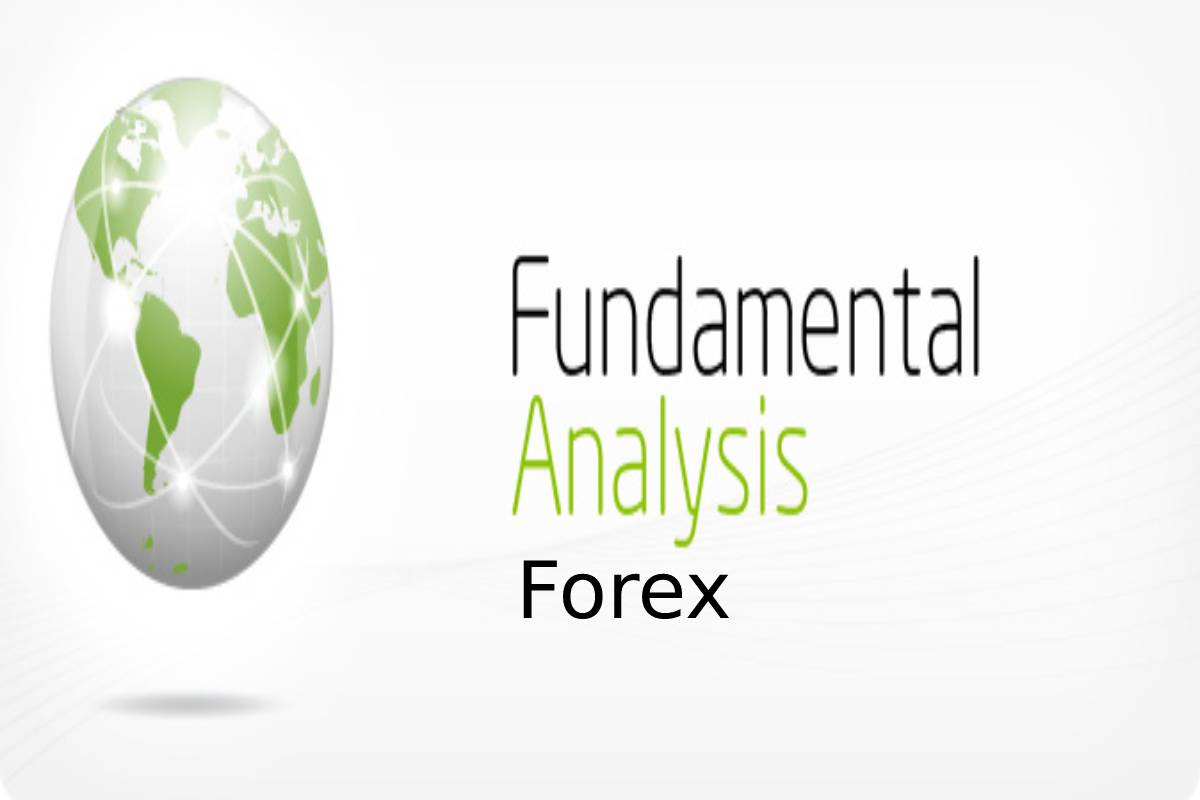Table of Contents
Fundamental Forex Analysis Definition
In fundamental Forex analysis focuses on the general economic situation and tries to study factors that intervene in the economy, such as GDP, data on employment volume, interest rates, and rates, or the geopolitical relationships between others.
Fundamental analysis is undoubtedly investigated through publications or specific events that can cause currency price changes. Therefore, it allows us to anticipate and take advantage of operational trading opportunities.
Fundamental analysis, also known as macroeconomic analysis, studies the economic environment variables that affect the supply and demand variables in the forex market. It focuses on various levels, not only in our country but in other European and international governments.
However, it is essential to know that this analysis starts in all financial markets, from the premise that an asset’s price may differ in value. Due to this, errors sometimes arise in financial operations, such as erroneous appraisals, overpricing or undervaluation in the short term.
Why do Fundamental Forex Analysis?
If you are still curious about why you should do fundamental analysis in Forex, we must tell you that some reasons are the relevance of currency volatility events.
The differences between the previous, present, and future values collected in the calendar Forex economic and are essential to observe trends in the markets’ state.
Using Forex calendars is a formidable alternative tool for working on the supports and resistances of technical analysis.
Another point is that many traders try to position themselves in the markets thanks to the anticipation from the leading economic news publications, just before prices rise or fall.
It is why we must bear in mind that technical analysis and Forex fundamental analysis are complementary analyzes, not substitutes.
How to do a Fundamental Forex Analysis?

- Well, very well, at this point, we are going to explain to you what are the essential steps that you must follow in the fundamental or macroeconomic analysis of Forex.
- You should know that today there are many economic theories about it; however, we will tell you what the primary method is:
- First, you must customize the economic calendar according to interests, taking into account countries’ language in which we intend to pay more attention to your publications.
- Any trader profile must work with this tool if he wants to achieve success in his work.
- For example, it will be more enjoyable for a trader who practices scalping to know the next economic news in minutes and hours.
- On the other hand, an intraday will choose to know the day’s economic news from its opening to its closing, while a swing trader will focus his searches on weekly report.
- Third, we must point out the types of economic events that interest us the most to obtain the pertinent information for the desired publication, knowing its date, previous and future data.
- Once we configure the list to our liking, we are gradually shown on the economic calendar the expected impacts for each event or publication in the markets. These are identified by colors and are defined as:
- With the green impact, weak movements will occur.
- The yellow color as an impact means that the changes produced are moderate.
- It is worth highlighting the red impact that predicts upcoming volatility situations in the financial market.
- Next, we will focus on describing the well-known Scalping. Day Trading and Swing Trading techniques that you may not know yet.
1. Scalping
- Scalping in Forex is known as a style or technique in which high volumes are invested in short periods that can be minutes or even seconds.
- This method is used by those traders who specialize in developing short-term strategies from algorithmic trading.
- This practice frequently produces substantial leverage to speculate in the currency markets and achieve higher profitability.
- On the other hand, we must comment that the successive production of scheduled events is part of this Scalping process’s framework, constituting itself as an indicator of the macroeconomic analysis.
2. Day Trading
- In this second section, we tell you that Day Trading, also known as intraday, is a strategic trading technique currently use to carry out negotiations for the purchase and sale of financial instruments on the same day. Positions must conclude before the close of that day.
- On some occasions, day traders take the intraday scalping role in which they hold the position for a short time, in a matter of minutes or seconds.
- If the negotiations did not close before the closing, the prices would be unmanageable negative until the next day’s opening.
- It is usual for day traders to borrow money to operate in other lines, knowing this technique as “margin trading”.
- It occurs because the margin interest typically charges only when the trade happens from one day to the next. The trader may not pay commissions for the margin’s profit, although there is a margin call risk.
- In short, day trading considers a mode of speculation that negatively affects personal behaviour, significantly damaging the real economy’s potential.
3. Swing Trading
- This third type of trading known as an investment technique that uses the graphs provide by the stock prices drawn between sessions. Trying to detect trends, regardless of being bullish or bearish, to generate more money.
- In your case, the Forex market a market characterized by its excellent liquidity and volatility. It allows increasing the opportunities to obtain interesting price movements in a relatively short period. This trading method requires constant control through monitoring.
- It should note that operations may not be dynamic and active; This causes more concern among beginning traders.
Fundamental Forex Analysis Indicators

Once some of the different trading operations techniques describe, we want to let you know. These are the leading indicators to take into account for Fundamental Analysis in Forex.
We have previously commented that the indicators’ economic data may suggest changes in a given country’s financial situation. The most important can summarize as follows:
1. Interest Rate
- As a first indicator, we find the interest rates that are extremely important for Forex analysis. We can say that there is a wide range of rate typologies. In which we will focus on the nominal interest rates established by central banks.
- The main task of central banks is to create money that, subsequently, lend to private banks. These, in return, pay the central banks what has been the base or nominal interest rate.
- The manipulation of these in monetary and fiscal policies at the national level consider one of the central banks’ primary functions. It is because interest rates act as levellers for the economy.
- The influence of interest rates on the state of currencies is powerful, positioning this factor—one of the most important since they impact inflation, investment, trade, production and unemployment.
- The purpose of central banks is, in general, to be able to boost the economy and achieve the level of inflation set by the State. Interest rates always change.
- With this, it is possible to stimulate, on the one hand, the indebtedness of the economy from private banks and individuals. On the other hand, consumption, production and the economy in general terms.
- If you are a Forex trader or intend to be one, you have to bear in mind. This indicator is essential to perform your tasks and respond to your multiple purposes. Believe me. It will save you work!
- On the other hand, about interest rates, you must take into account:
- Learn the differences between nominal and effective interest rates. The latter corresponds to the result of nominal interest rates minus expected inflation.
2. Inflation
- We can define inflation as the indicator that measures a sustained increase over time in the prices of goods and services in a country.
- It should note that governments cannot control this indicator, despite their power over the central bank. In each country, healthy inflation determines base on the needs of each one.
- Each government establishes a target for inflation for its country, which can be above or below said target, causing hyperinflation or deflation.
- First, a large amount of money is identified in circulation, above the expected level; in the second, there is little money in circulation.
- For a State, the ideal is to find itself instability in the markets, avoiding the previously mentioned situations.
- Inflation is a complicated indicator to control due to the lack of knowledge of the currencies’ origin and destination.
- Currently, these not back by any asset, assuming an advantage for private banks. It may decide to put them into circulation through the fractional reserve.
- In parallel, it should note that since financial assets do not operate solely and exclusively within national borders, other foreign entities. It can accumulate large sums of foreign currency until they decide to put them back into circulation. It is not of great help to public entities.
- If you know a little about Forex trading, you should know that the higher the Inflation Rate. The currency will depreciate faster, causing distrust towards investors.
3. Consumer Price Index
- For its part, the indicator known as the Consumer Price Index or CPI defines the weighted average of the family shopping basket prices in terms of goods and services.
- This indicator includes the amount invested in means of transport, meals, health services, etc.
- Its relevance within the Fundamental Analysis of Forex stems from the changes. It can occur in families’ purchase decision process due to changes in inflation.
- If we talk about short periods, a considerable increase in the CPI may reflect possible high inflation. If not, a decline in the CPI may indicate deflation. Therefore, it is crucial to consider this indicator when doing a fundamental analysis of Forex.
Conclusion
To conclude this post, we present the last indicator to consider for the Macroeconomic Analysis in Forex. It is the Gross Domestic Product or GDP. Whose objective to measure all the goods and services generate within a country in a given time.
However, you can determine the general state of the economy of a country. And in case you didn’t know, GDP is a measure of the supply, never the demand for goods and services.


